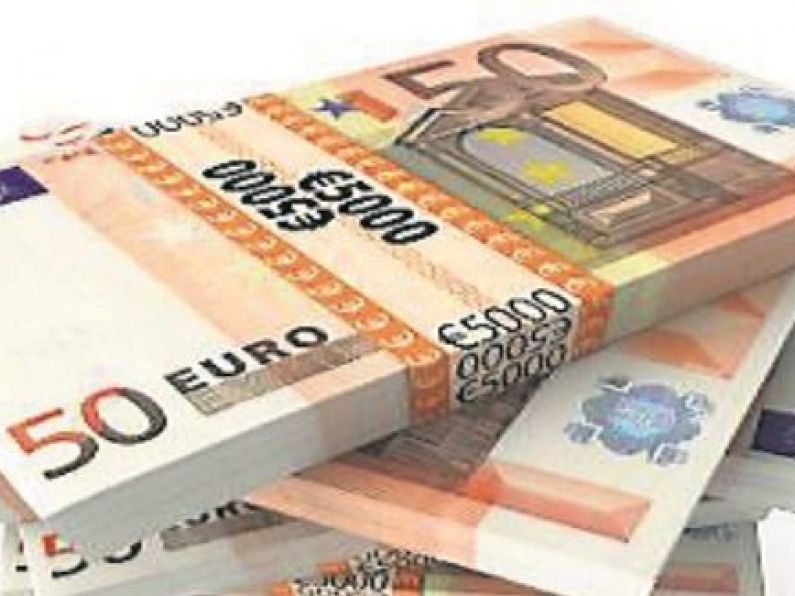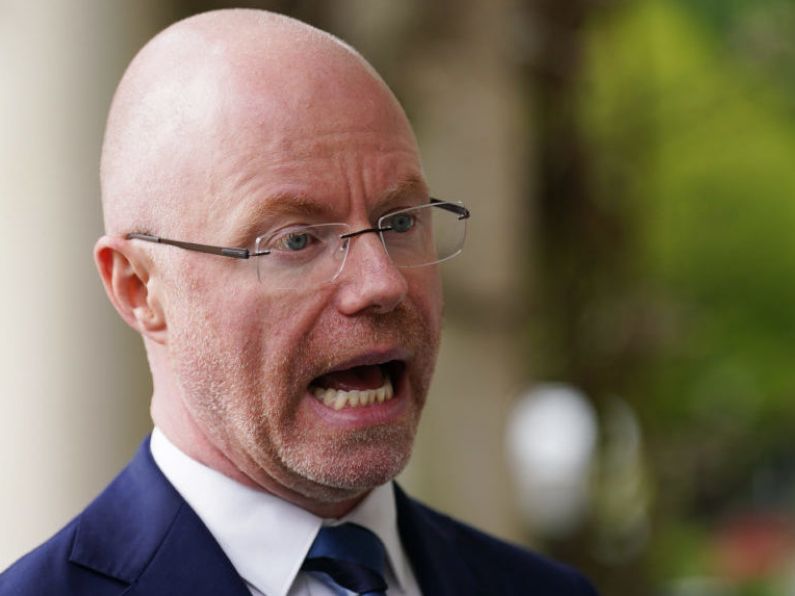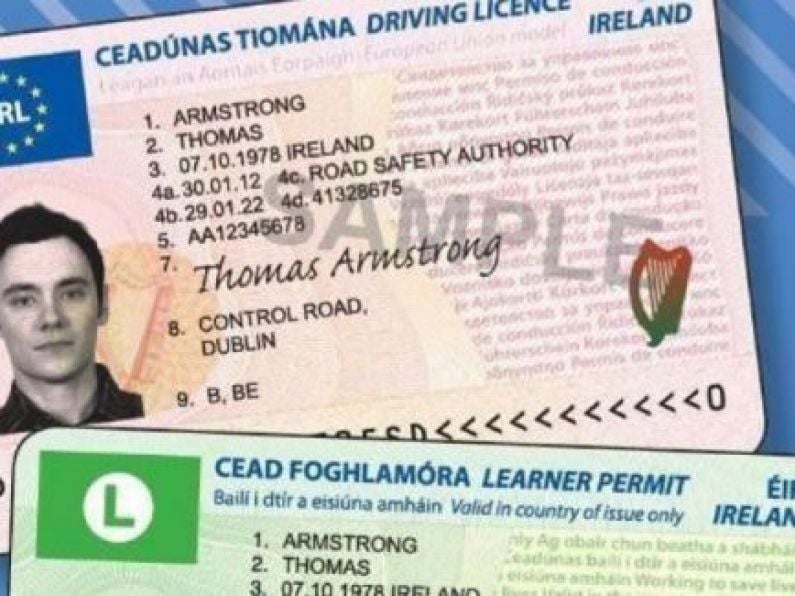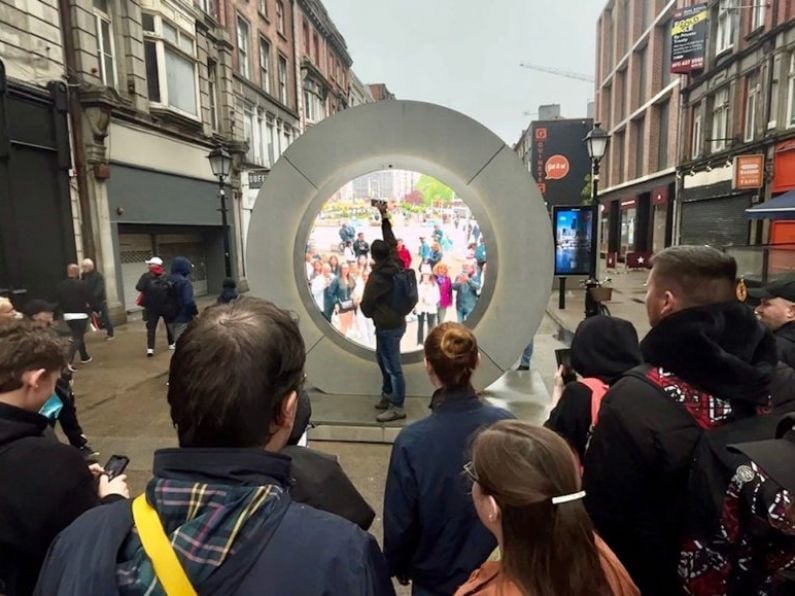The clouds are darkening over the global economy.
Last month in its end of term report on the world economy, the IMF said global growth “remains subdued”, with world output shifting downwards.
No great surprise to learn that one f the main causes for the cooling of global economic growth is trade.
Detailing its long list of the risks bedevilling the global economy, the IMF said: “They include further trade and technology tensions that dent sentiment and slow investment; a protracted increase in risk aversion that exposes financial vulnerabilities continuing to accumulate after years of low-interest rates; and mounting disinflationary pressures that increase debt service difficulties, constrain monetary policy space to counter downturns and make adverse shocks more persistent than normal.”
It went on to press for reducing tensions and uncertainty over trade agreements, including between the UK and the EU, and between the US and China. I would add to its list of ailments, the rise in nationalistic trade objectives in which one side wins and the other loses, as tariffs become the weapon of choice for Donald Trump’s administration, in particular.
The alarming prospects have sparked a response from the major central banks.
Last week, the US Federal Reserve cut its key interest rate by a quarter of a percentage point, the first policy easing in over a decade, and hinted at the possibility of more reductions to come.
The ECB is set to follow suit on September 12, with further stimulus measures, which could include a further cut in its deposit rate, already in the negative territory at minus 0.4%.
The main question being asked in financial markets is whether a few “insurance” cuts in rates will be enough.
In the US, I believe they will, but in the eurozone, the case for a more substantial loosening of monetary policy is compelling. I can’t help feeling that a lot of ECB policy is now “hit and hope”.
The bottom line in my view is that Europe is on the road to nowhere. Negative and zero interest rates are here to stay.
In fairness, as the ECB has pointed out on numerous times, it can’t do all the heavy lifting on its own, and it needs eurozone governments to pump up the volume in terms of spending more and in tax cuts.
In this regard, the incoming president of the ECB, Christine Lagarde, will play a key role in persuading the politicians, many of whom she knows very well on a personal basis, to loosen the purse strings.
All of this will impact on Ireland one way or another. Unfortunately, Ireland is the thick of it. Although the economy has performed well in the first half of the year, it wouldn’t take much on the Brexit front to throw it off course. The latest forecasts from the Central Bank forecast economic growth will slow to a crawl in the event of a no-deal.
British prime minister Boris Johnson will either take the UK out of the EU on October 31 without a deal or will get the UK parliament to effectively accept the same deal struck by Theresa May.
From a currency perspective, this means that the pound is going to remain volatile.
However, even in a hard Brexit outcome, I don’t see sterling hitting parity with the euro, although it might get up to the high 95 pence to 98 pence range.
My gut feeling is that a last-minute deal will be agreed. But even if I’m wrong and there is a hard Brexit, I am confident Ireland will bounce back from any adverse economic shock.
It has done so in the very recent past.
Alan McQuaid is an independent economist






